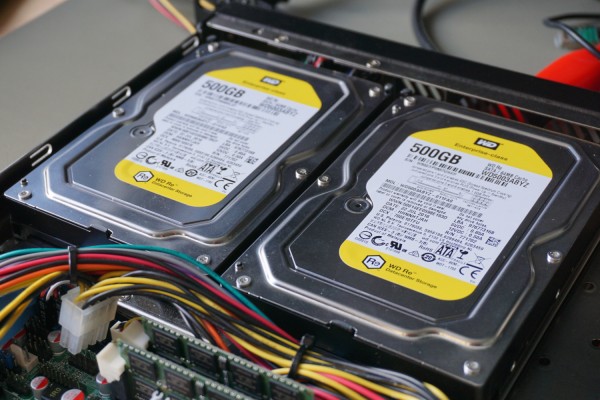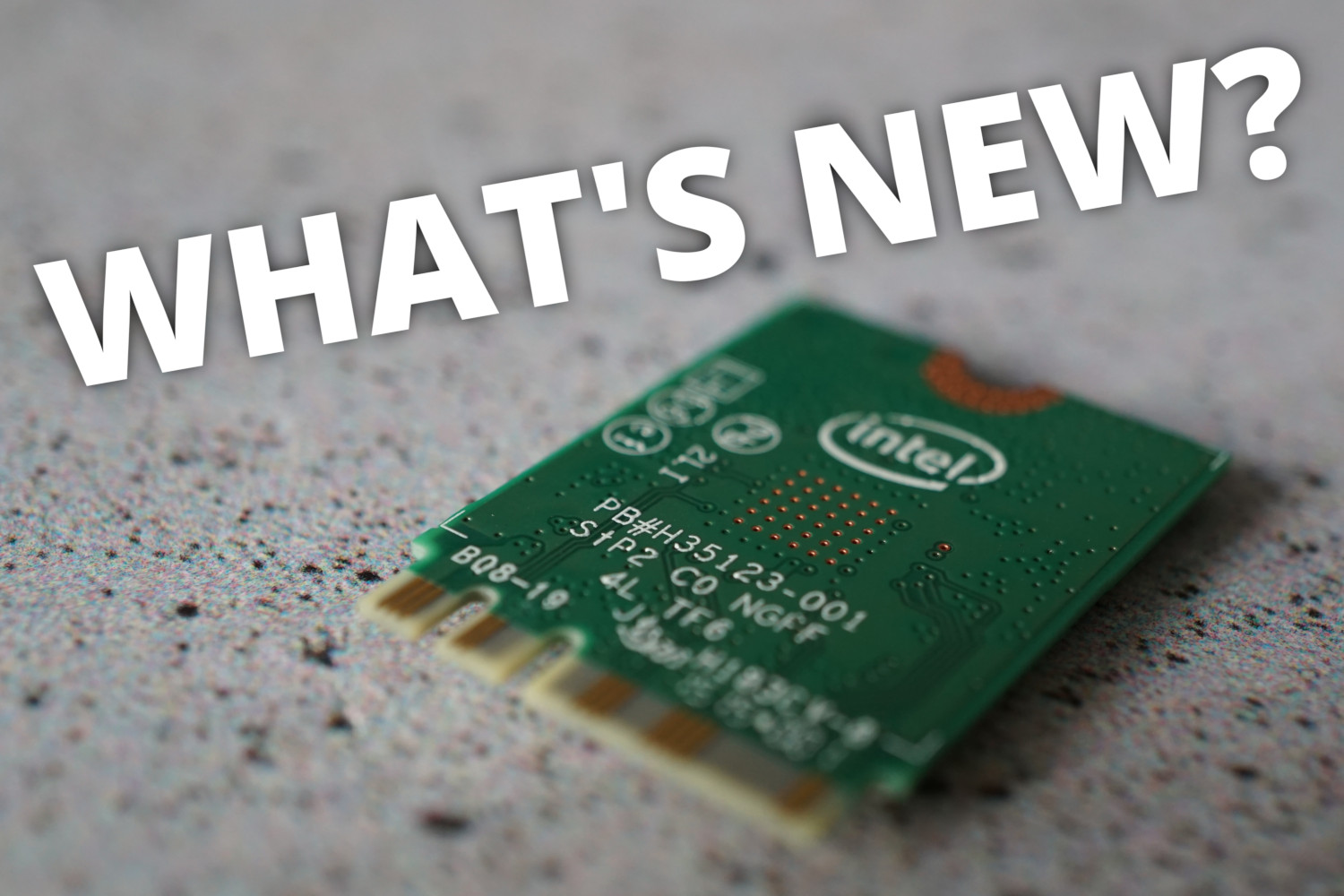The abbreviation RAID stands for “Redundant Array of Independent Disks”. In a technical context, redundancy means, that there are additional parts of a system, which are functionally identical or comparable and which are not required for a normal operation. If a failure occurs, they can jump in or, if they are already running parallel, they can henceforth operate alone.
A RAID is a combination of at least two mass storage devices (hard disks or SSDs) that work together. Size and type of the storage medium should be the same. The various RAID levels (e.g., RAID 0 or RAID 1) provide different amounts of storage and security.
Hardware or software RAID
The RAID can be created in different ways. The hardware RAID requires an extra microprocessor, a so-called RAID controller. The chip is often located near the memory and organizes the data distribution. The main processor is not stressed. Larger network environments, such as data centers, often use external RAID systems.
The software RAID is organized completely on the software side. The RAID can be implemented directly in the BIOS, to install the operating system on it. Like this, the OS can be saved. Alternatively, the RAID network can be established in the operating system. Then it does not benefit from the RAID. Since no special RAID controller is available, all calculations are carried out by the main processor. Thus, depending on the application, it is more highly loaded.
RAID 0
A RAID 0 combines two or more storage devices into one logical drive. These can operate at an increased speed. For this purpose, the disks are divided into blocks of equal size. These blocks are then arranged alternately in zipper style. This technique, where all disks can be accessed parallel, is referred to as “striping”. The advantage of RAID 0 is the accelerated data transfer. One disadvantage is the lack of security: if one hard disk fails, the data can not be fully restored. Therefore it is only recommended, if reliability is not important. Since there is no redundancy in RAID 0, it is actually not a RAID but only an “Array of Independent Disks”.
RAID 1
Thanks to the technology of mirroring RAID 1 has a high reliability. The data is simultaneously written to all (usually two) hard disks. Two identical disks provide a full-value redundancy. If one disk fails, the other can supply all data. However, a RAID 1 is not an alternative for a data backup. Errors, such as viruses or accidental deletion of files, are immediately transferred to the mirror plate. The storage capacity of a RAID 1 is as large as the smallest hard disk involved.
RAID 5
A RAID 5 requires at least three hard disks. It allows increased speed and a bit security. As with RAID 0, the data is distributed in blocks over all drives. In addition, the necessary information for restoring the data (the so-called parity information) of another drive is stored on each disk. If only one hard disk fails, the data can be restored. The possible storage capacity is calculated from the number of disks minus one, multiplied with the capacity of the smallest disk. For three disks, each with 1 terabyte storage, this would for example be 2 TB.
RAID 10
RAID 10 is a combination of 1 and 0. This way it can combine both advantages and thus offers more speed as well as a high level of security. This requires at least four drives. Two disks are linked to RAID 1. These sets are then combined to RAID 0. This variant is very safe because in each set one disk can fail. However, only half of the total storage capacity is available.
RAID at spo-comm Mini-PCs
Since a RAID level requires at least two disks it is only available for certain spo-comm PCs. These include the spo-book EXPANDED Q170, spo-book NINETEEN Q170 and spo-book NOVA CUBE Q87. If you have any questions concerning your application, please do not hesitate to contact us. Otherwise just let us know in your order if you require either RAID 0 or 1.








